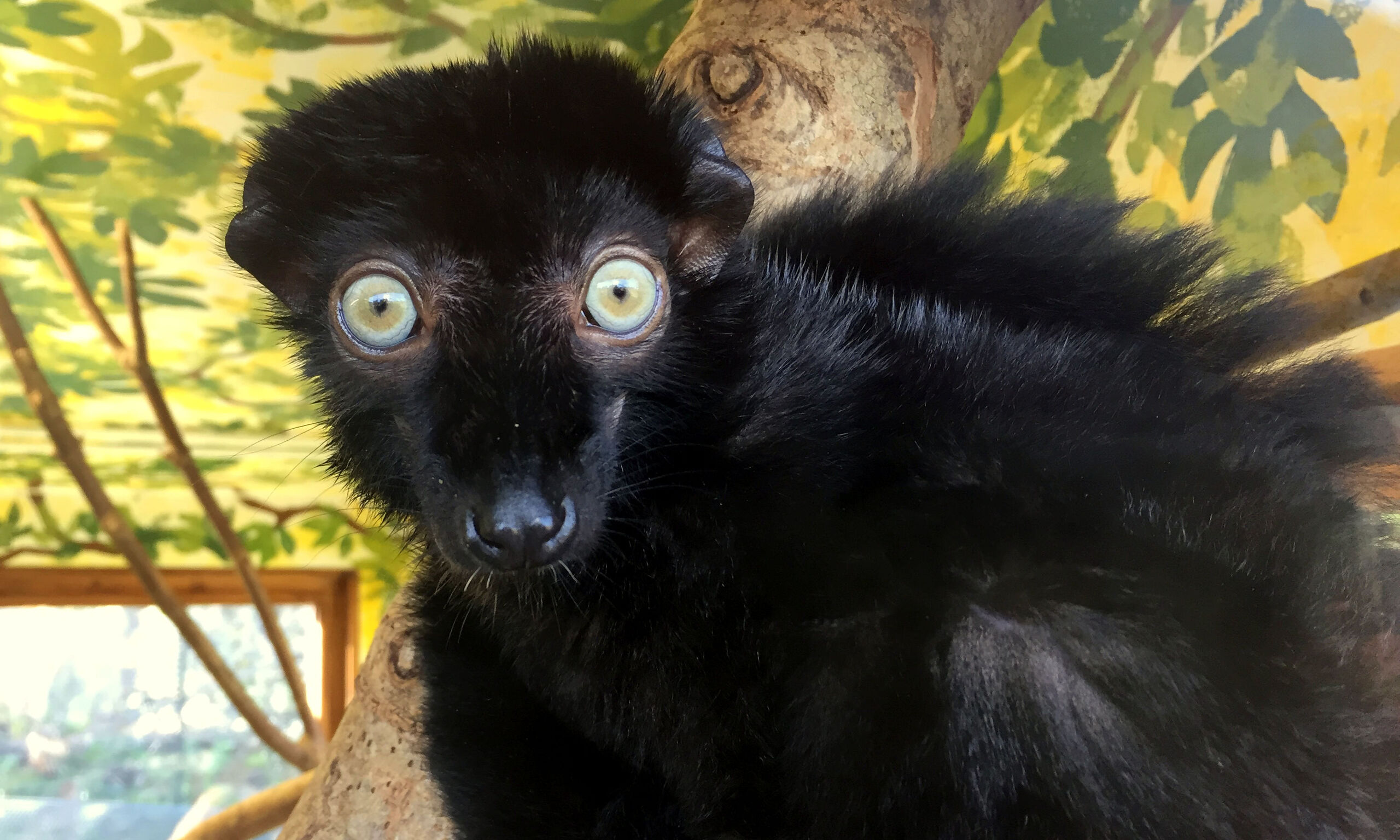

17th Nov 2017
West Country designers team with Bristol Zoo to save Madagascar's lemurs
Landscape architect Grant Associates has teamed up with Bristol Zoological Society (BZS) and the Richard Feilden Foundation (RFF), in conjunction with fellow Bath based architect Feilden Clegg Bradley Studios (FCBStudios), in a project to save Madagascar’s critically endangered wildlife, including the blue-eyed black lemur, and their forest habitat.
Grant Associates is helping BZS to develop its existing field research centre and eco-tourist camp in the heart of Ankarafa Forest in Sahamalaza Peninsula, part of Radama National Park. This north western part of Madagascar is one of the most biodiverse on earth and lies within an UNESCO Biosphere Reserve.
The team wants to help protect the forest from continuing deforestation, while helping to secure the future livelihood of its people.
Forming part of Grant Associates’ 20th year anniversary celebrations, the project will see the landscape architect invest significant funds and time to improve Ankarafa’s existing, basic field research facility and to help develop a strategy for the future management of the Forest.
Plans for the new research centre involve creating a permanent, weather-proof facility that can accommodate up to 20 scientists and students from the Malagasy and wider, international conservation research community. The complex will offer a laboratory, office, sleeping, dining and living quarters, and a kitchen.
Proposals for the eco-tourist camp, which is located near the research station, include expanding its present capacity to 20 guests, creating a classroom for workshops and talks, and installing raised walkways to deal with mud in the rainy season.
The team has already surveyed the site and designs for the centre and camp complex are now being created in consultation with BZS, which manages the existing facilities in partnership with AEECL (Association Européenne pour l'Étude et la Conservation des Lémuriens, a consortium of 30 European zoos working to safeguard Madagascar’s lemurs).
The hope is that the new facilities will attract a higher number of scientists, students and eco-tourists, creating local employment opportunities and building the economic value of the forest.
Modern research facilities will better help scientists understand the challenges facing endangered species and how they can be helped.
In addition to developing a new research centre and tourist camp, the team aims to improve road access to Ankarafa Forest and virtual access, using media such as Virtual Reality videos to link the rest of the world to this fragile forest.
Grant Associates is helping BZS to develop its existing field research centre and eco-tourist camp in the heart of Ankarafa Forest in Sahamalaza Peninsula, part of Radama National Park. This north western part of Madagascar is one of the most biodiverse on earth and lies within an UNESCO Biosphere Reserve.
The team wants to help protect the forest from continuing deforestation, while helping to secure the future livelihood of its people.
Forming part of Grant Associates’ 20th year anniversary celebrations, the project will see the landscape architect invest significant funds and time to improve Ankarafa’s existing, basic field research facility and to help develop a strategy for the future management of the Forest.
Plans for the new research centre involve creating a permanent, weather-proof facility that can accommodate up to 20 scientists and students from the Malagasy and wider, international conservation research community. The complex will offer a laboratory, office, sleeping, dining and living quarters, and a kitchen.
Proposals for the eco-tourist camp, which is located near the research station, include expanding its present capacity to 20 guests, creating a classroom for workshops and talks, and installing raised walkways to deal with mud in the rainy season.
The team has already surveyed the site and designs for the centre and camp complex are now being created in consultation with BZS, which manages the existing facilities in partnership with AEECL (Association Européenne pour l'Étude et la Conservation des Lémuriens, a consortium of 30 European zoos working to safeguard Madagascar’s lemurs).
The hope is that the new facilities will attract a higher number of scientists, students and eco-tourists, creating local employment opportunities and building the economic value of the forest.
Modern research facilities will better help scientists understand the challenges facing endangered species and how they can be helped.
In addition to developing a new research centre and tourist camp, the team aims to improve road access to Ankarafa Forest and virtual access, using media such as Virtual Reality videos to link the rest of the world to this fragile forest.